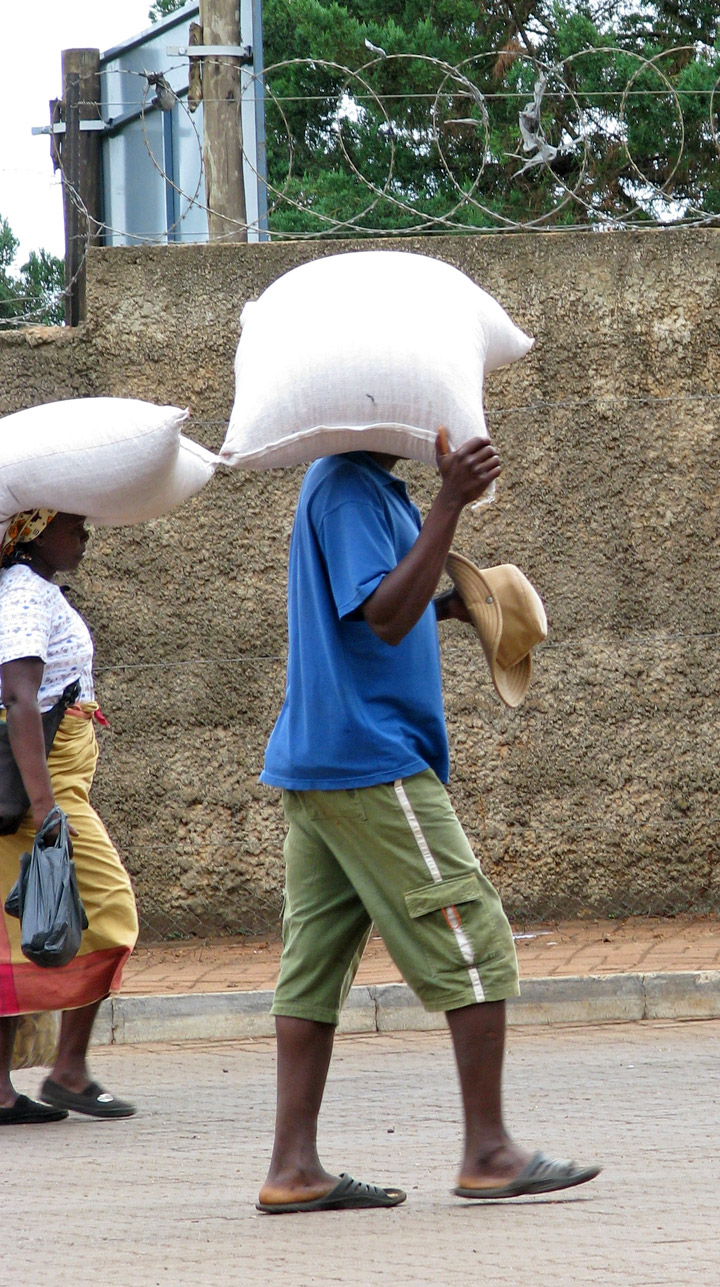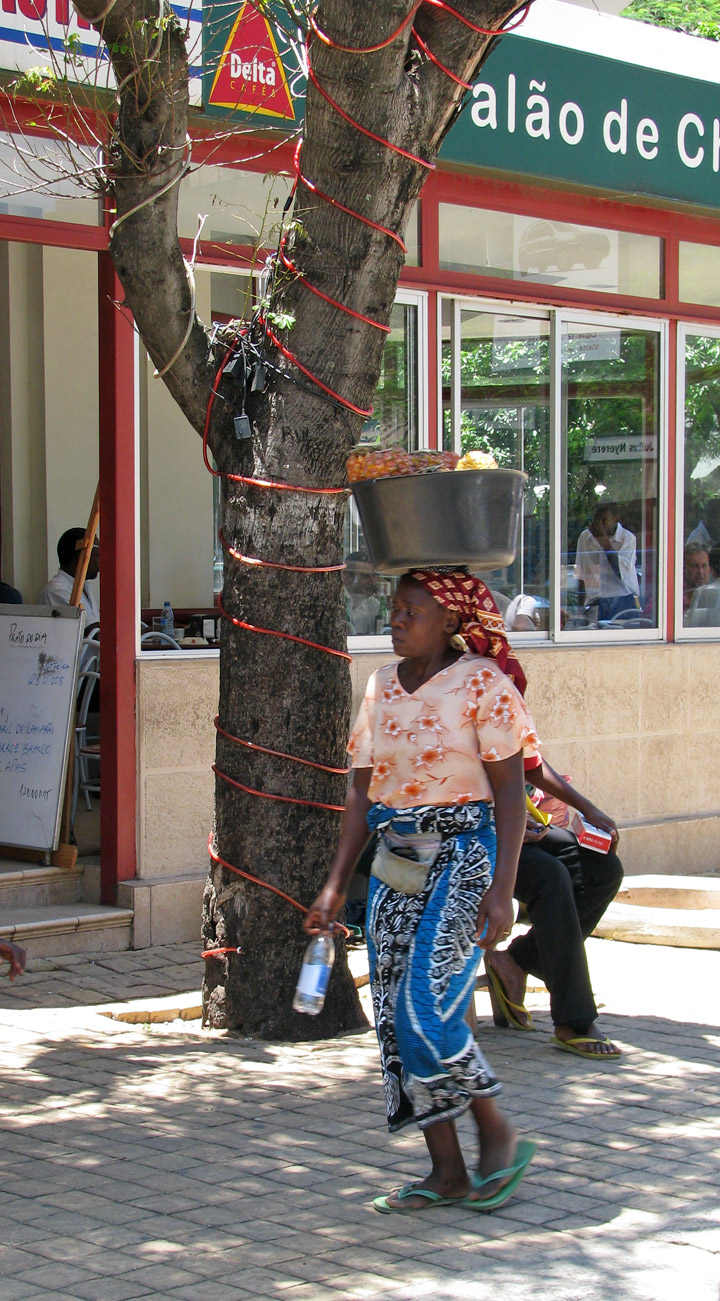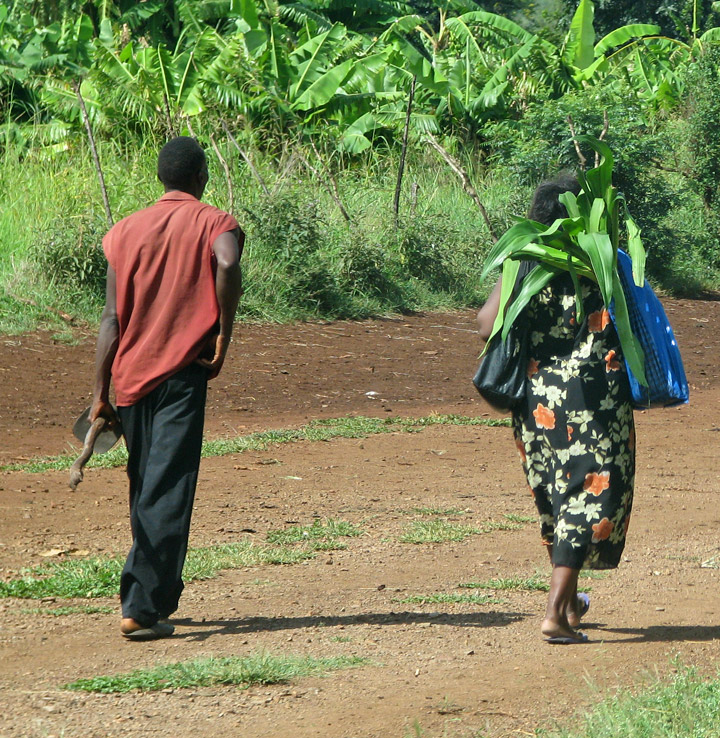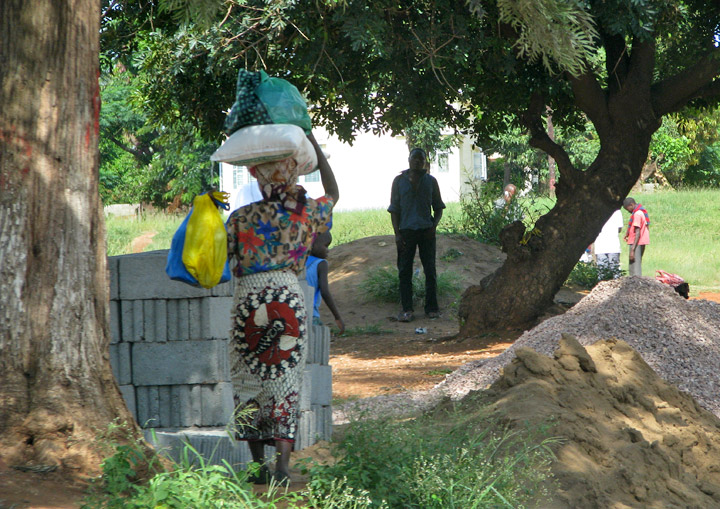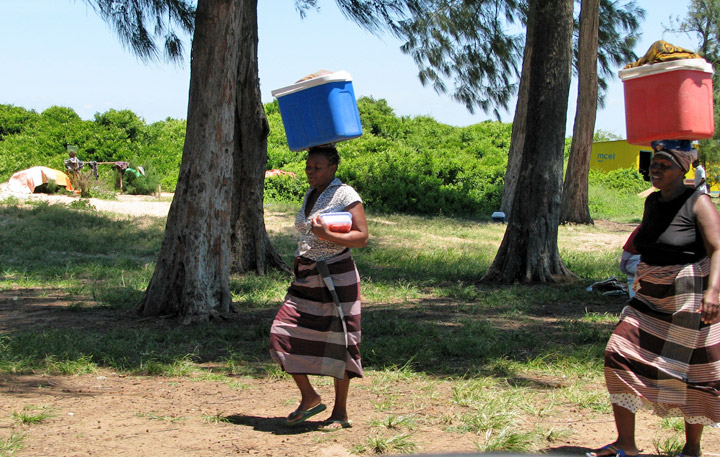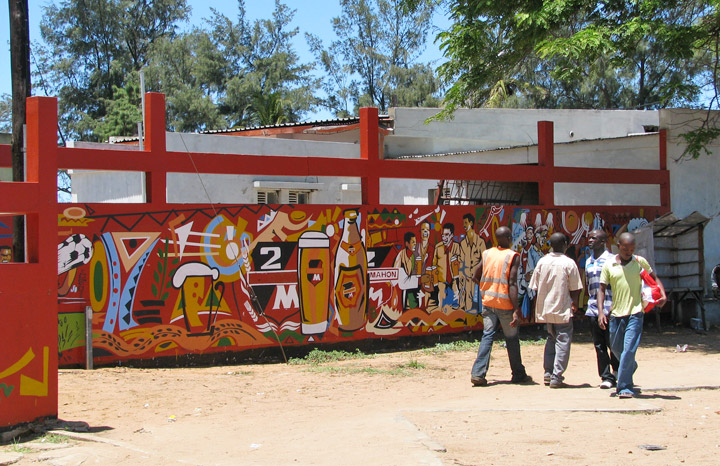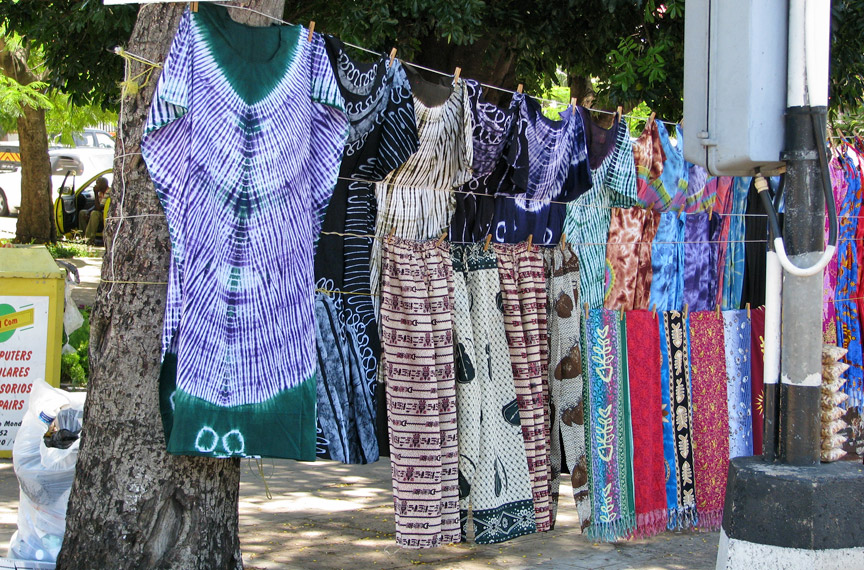

Maputo
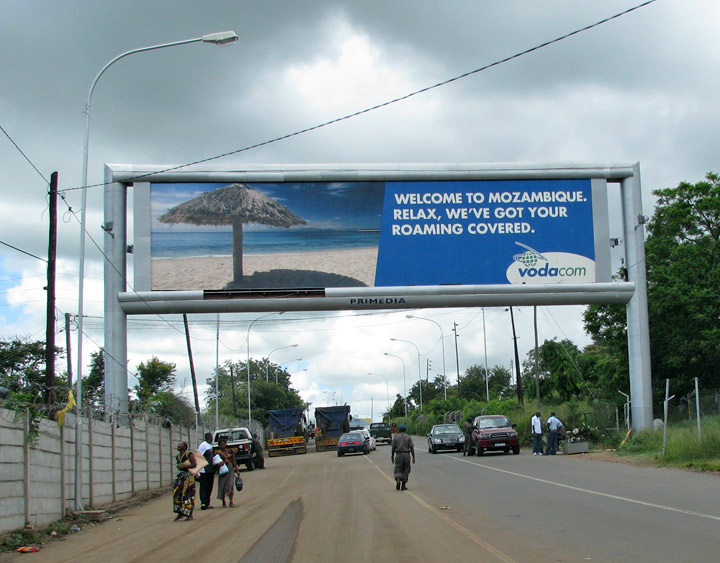
entering Mozambique from South Africa
Maputo, formerly Lourenço Marques, is the capital of Mozambique. A port on the Indian Ocean, its economy is centered around the harbor. It has an official population of approximately 966,837 (1997), but the actual population is estimated to be much higher because of slums and other unofficial settlements. Coal, cotton, sugar, chromite, sisal, copra, and hardwood are the chief exports. The city manufactures cement, pottery, furniture, shoes, and rubber. There is also a large aluminum smelting plant, Mozal. The city is surrounded by Maputo Province, but is administered as its own province.

dock area
Maputo is located on the west side of Maputo Bay, at the mouth of the Tembe River. The bay is 95 km (50 mi) long and 30 km (20 mi) wide. The Maputo River empties into the southern end of the bay.
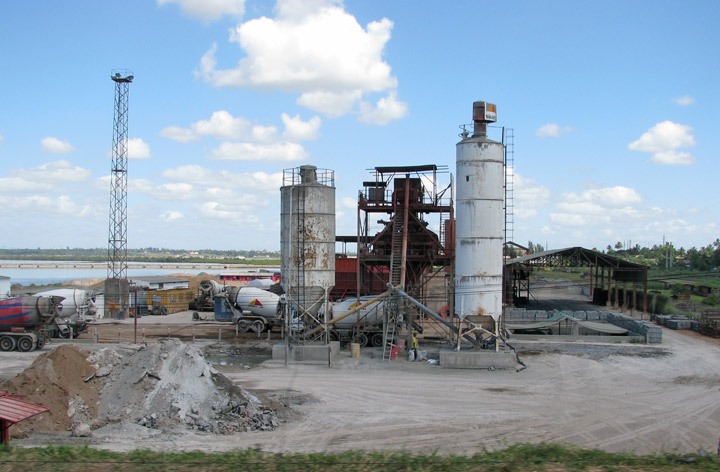
Founded in 1876, the city was named after Lourenço Marques, the Portuguese
trader who was the first European to explore the area in 1544. In 1895,
construction of a railroad to Pretoria, South Africa caused the city's
population to grow. In 1898, Lourenço Marques became the capital of Mozambique.
During the Second Boer War, Winston Churchill, after being captured by the
Boers, made a daring escape to Lourenço Marques by slipping past the sentries.
After independence, the city's name was changed to Maputo. Maputo's name
reputedly has its origin in an old, fierce tribal leader, Maputa, who once ruled
over the region.
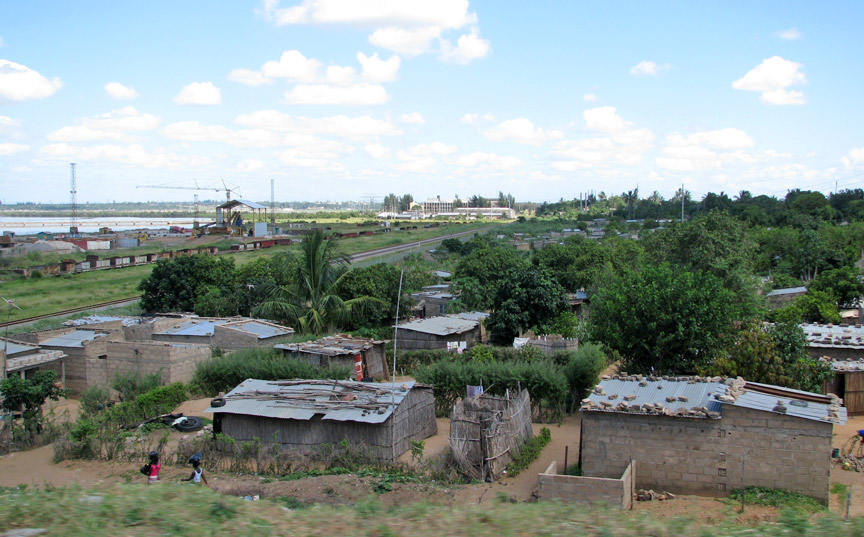
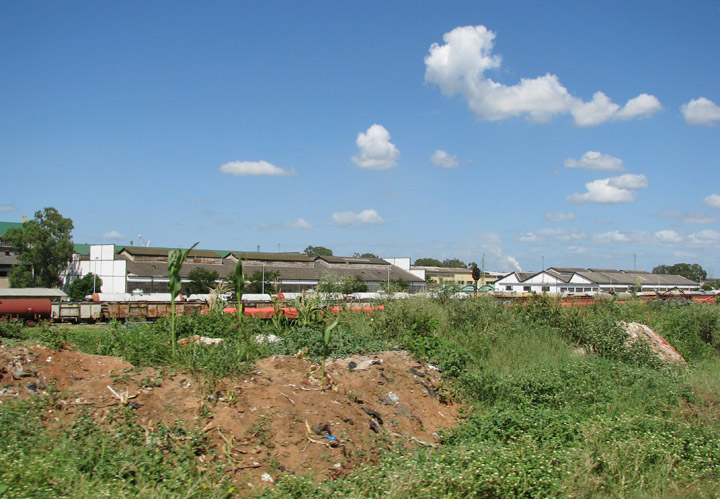
rail terminal
Maputo is home to the Universidade Eduardo Mondlane, Mozambique's first university, and to the main campus of the Universidade Pedagógica, another major Mozambican university. The city has a museum of Mozambican history, a military museum, and the Roman Catholic Cathedral of Our Lady of Fatima.
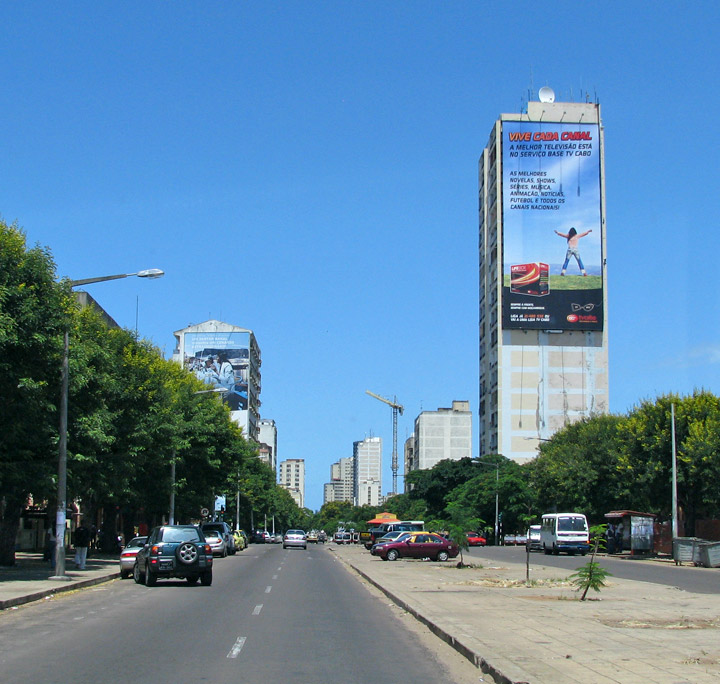
central city
Maputo is a planned city with square blocks and wide avenues, with Portuguese traces and their typical architecture of the 1970s. Portuguese refugees fled in massive numbers at the end of the independence war in 1975, and the resultant lack of skills and capital, in the context of a fierce civil war and government mismanagement, contributed to its state of dereliction in the years following the declaration of peace. Nevertheless, the city itself was never damaged, since it was tacitly considered neutral ground during both the colonial and the civil war. Recovery has always been very slow owing to a lack of investment. In many cases new buildings are being erected for the rising middle class, rather than existing buildings being renovated, and many city services are still precarious.
Text from Wikipedia
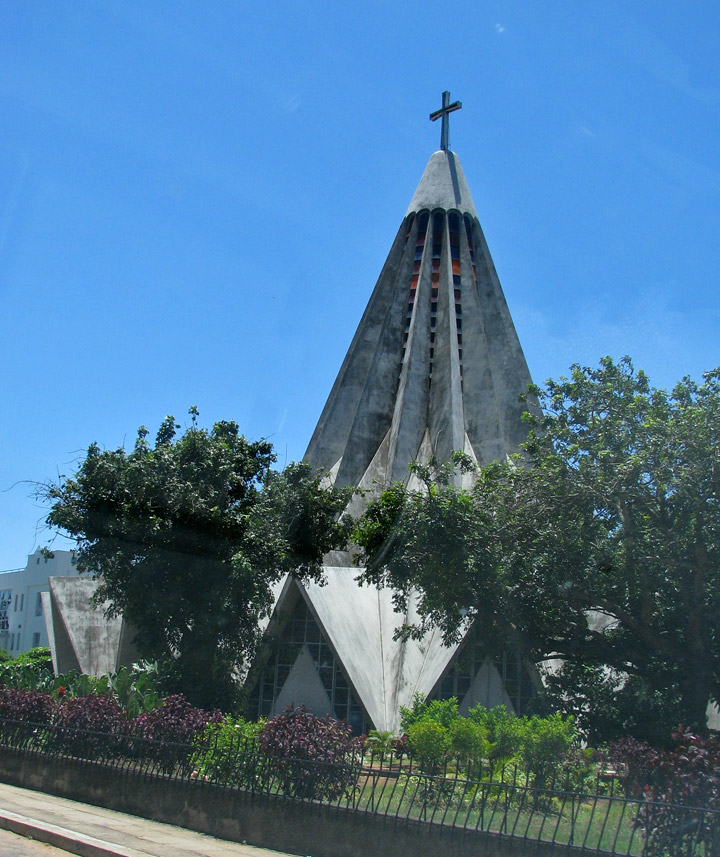
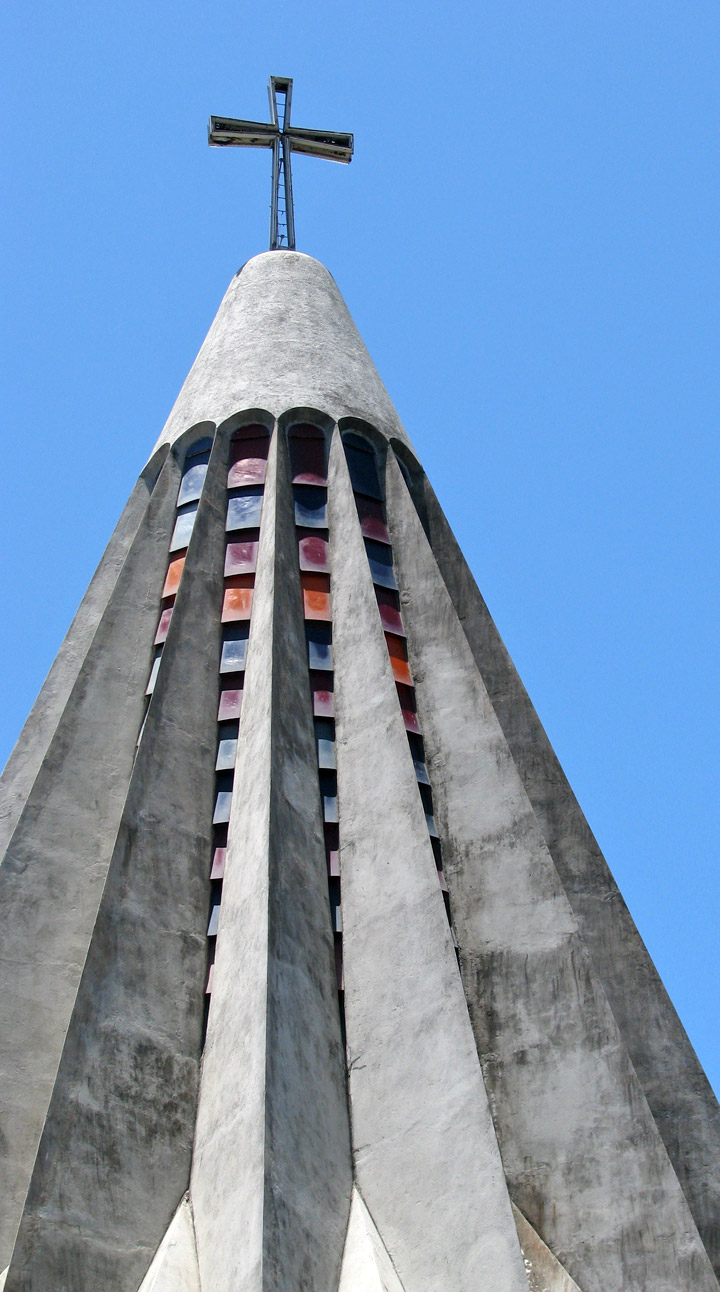
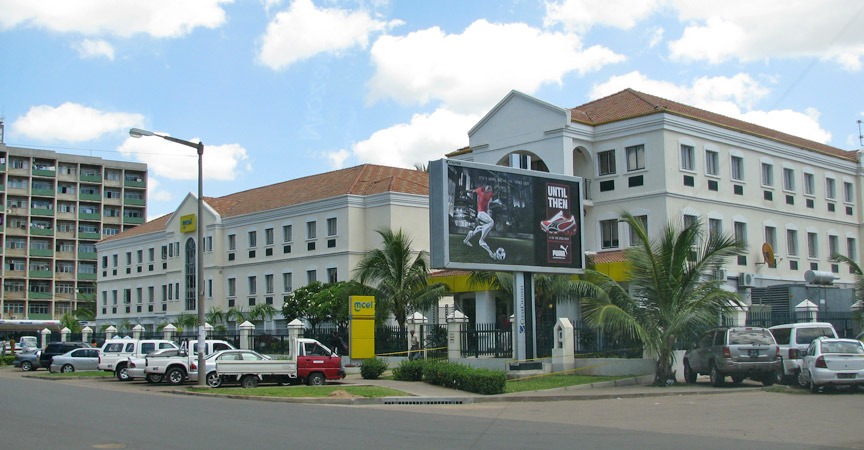
communications building
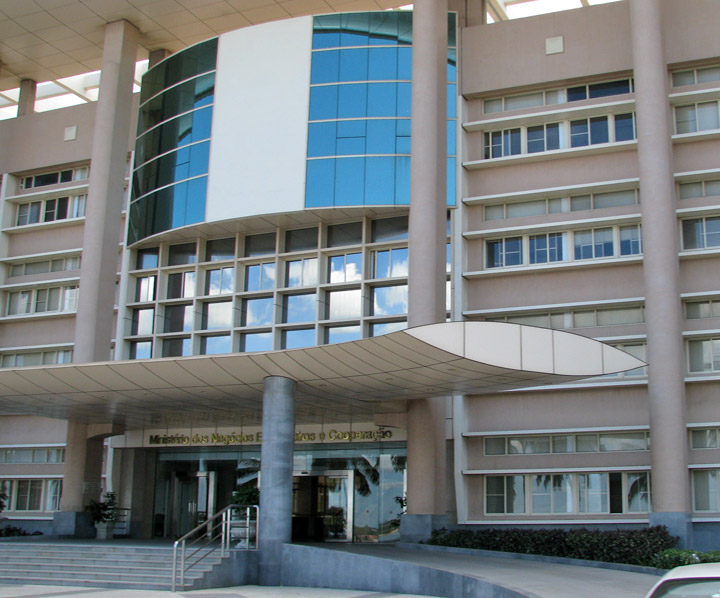
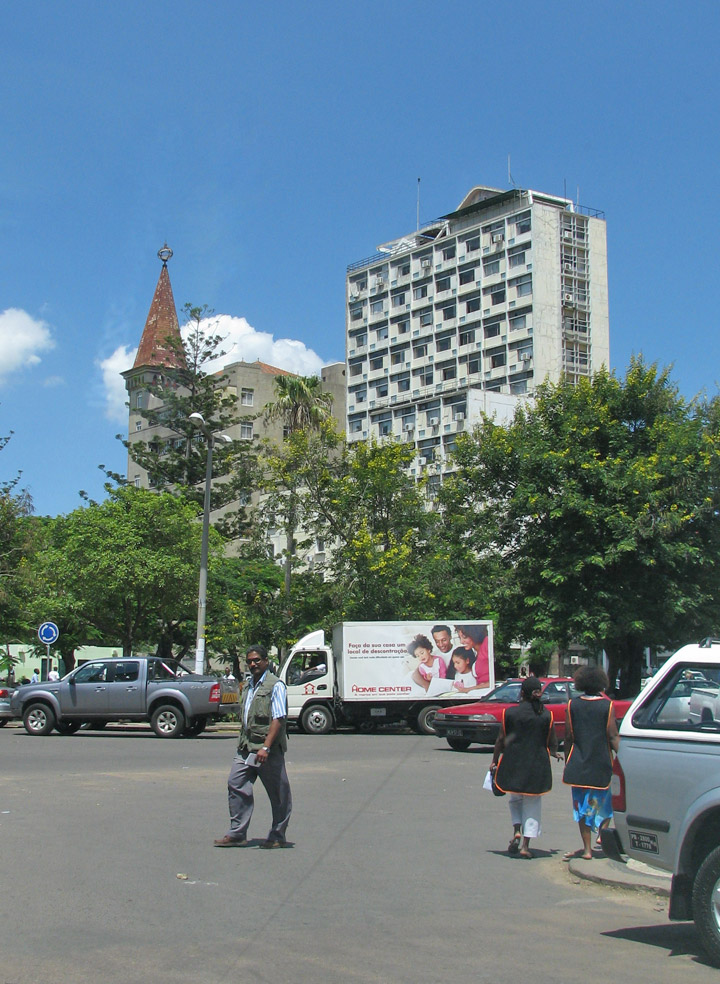
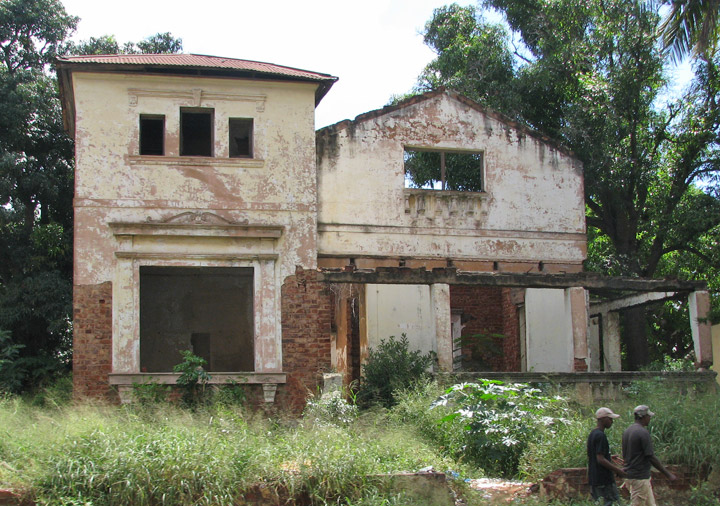
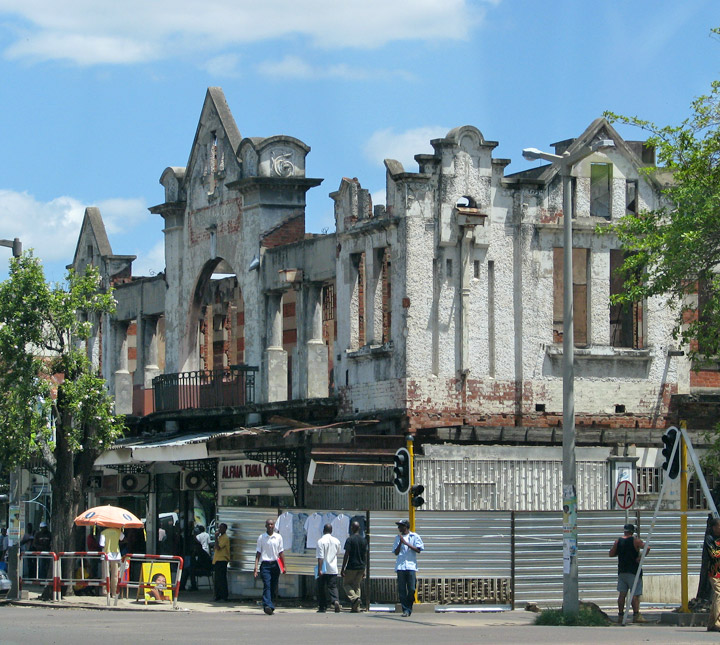
older abandoned buildings
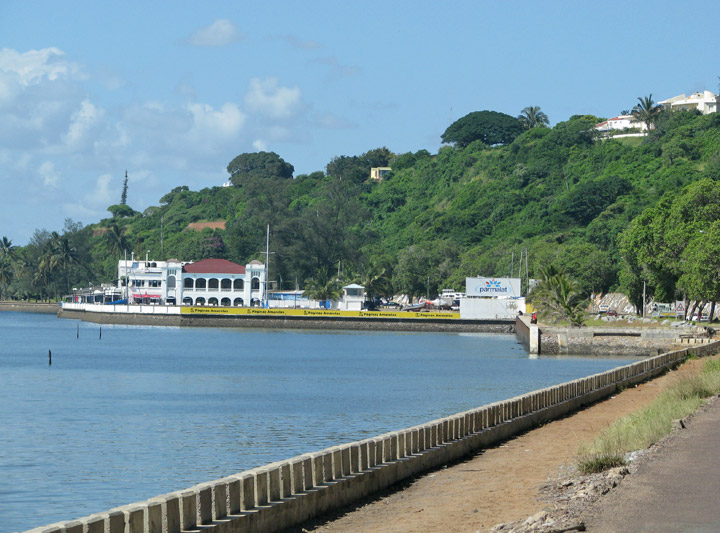
boat harbor
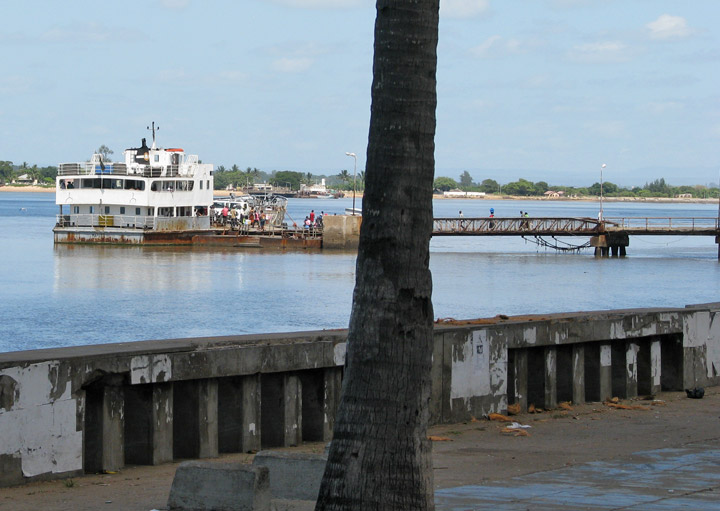
ferry landing
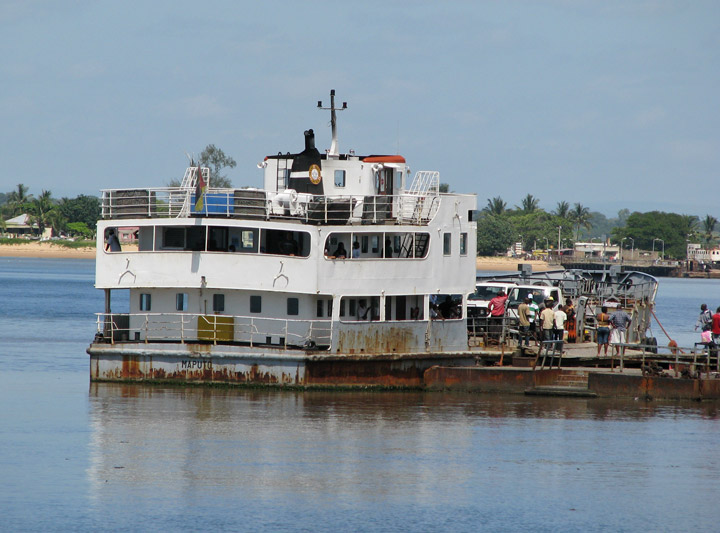
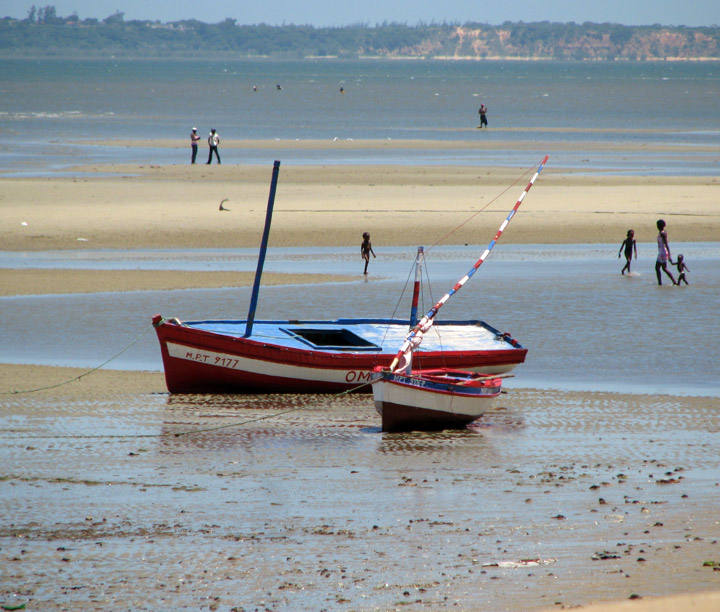
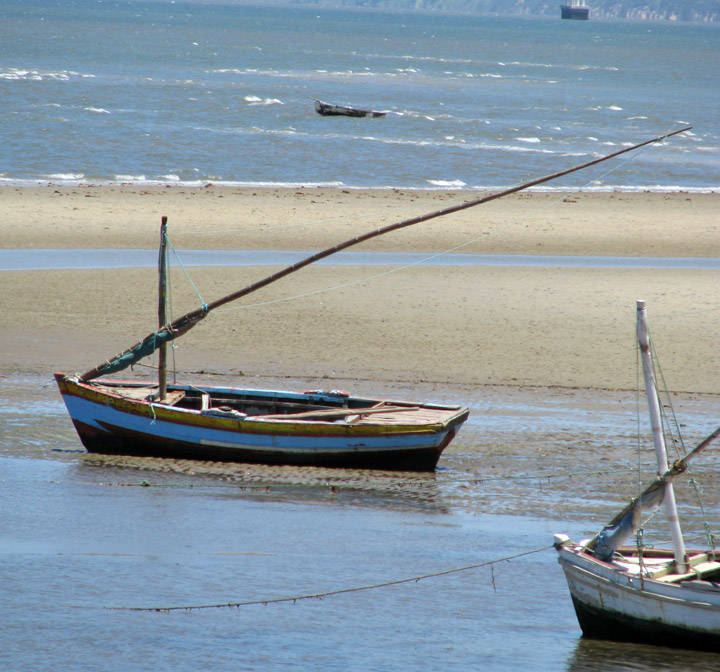
fishing boats
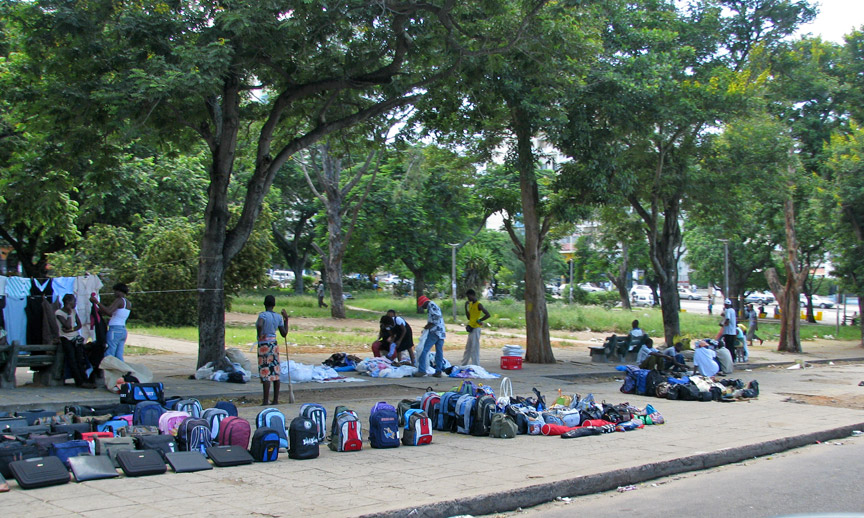
sidewalk sales

checking garments
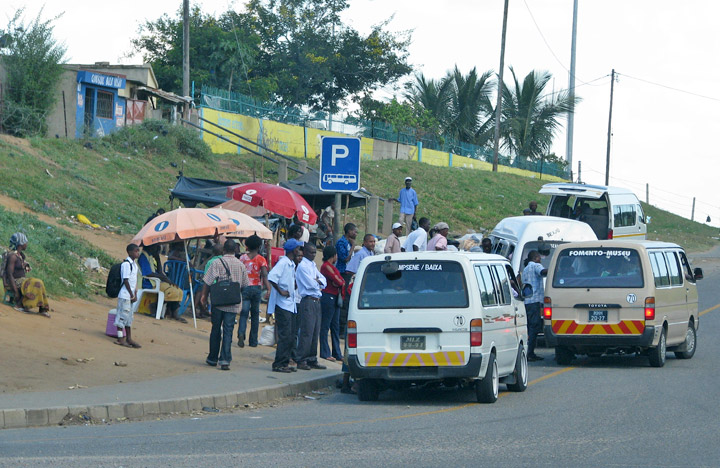
collectivo bus stop
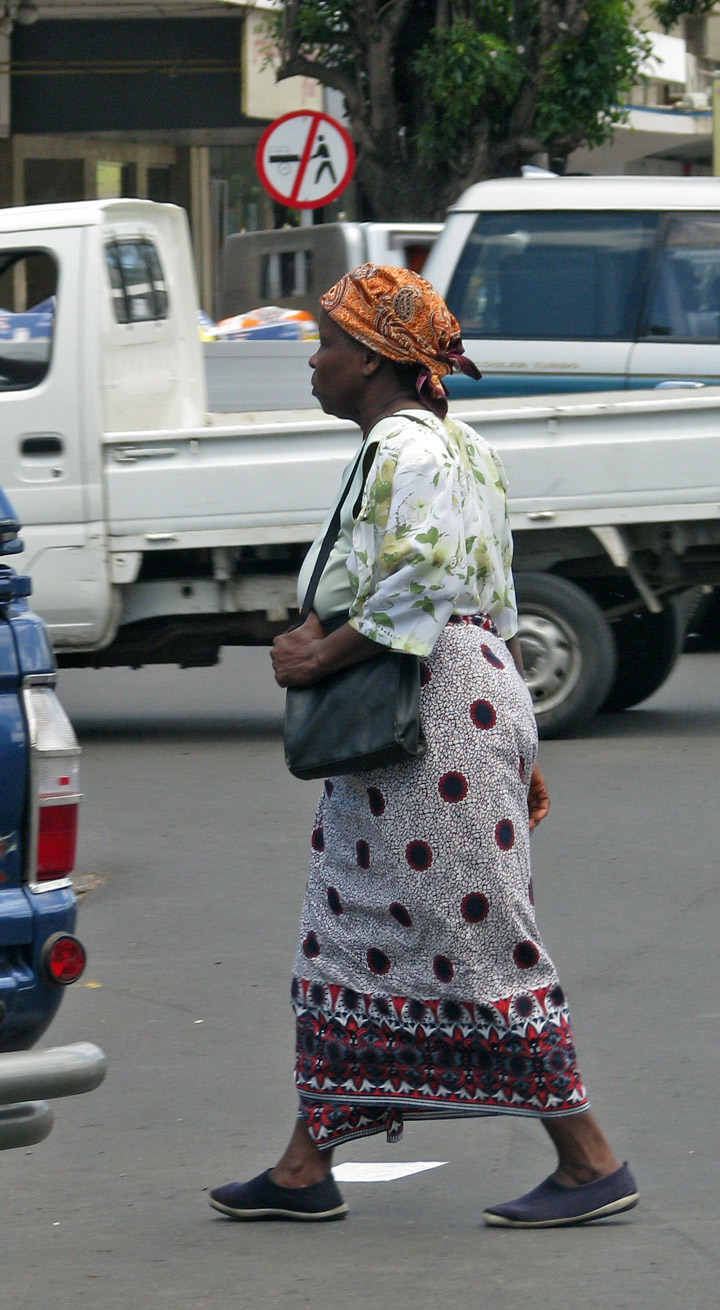
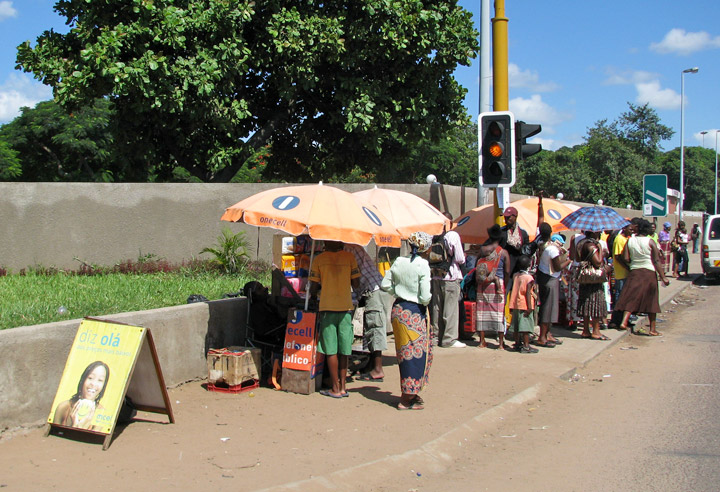
waiting for the bus

